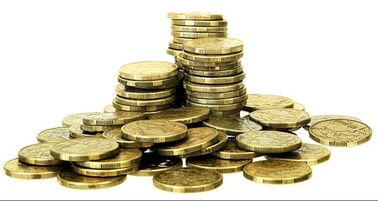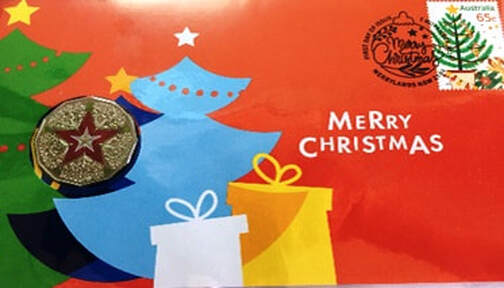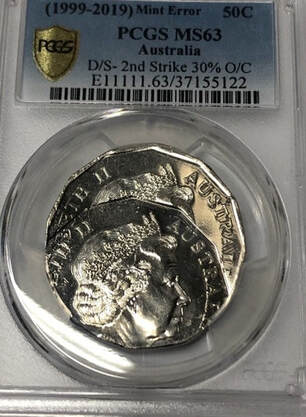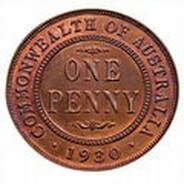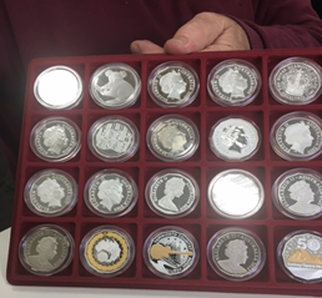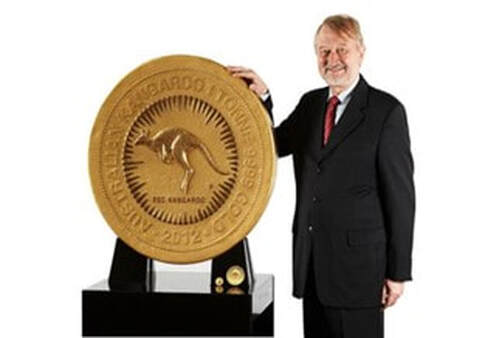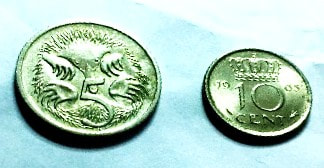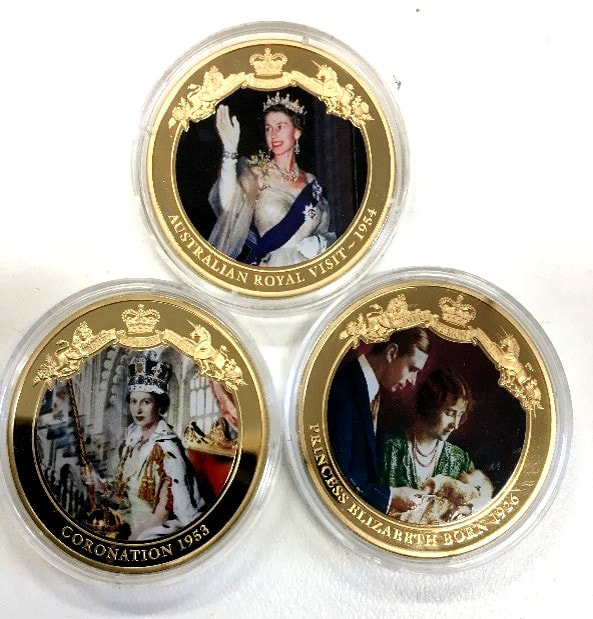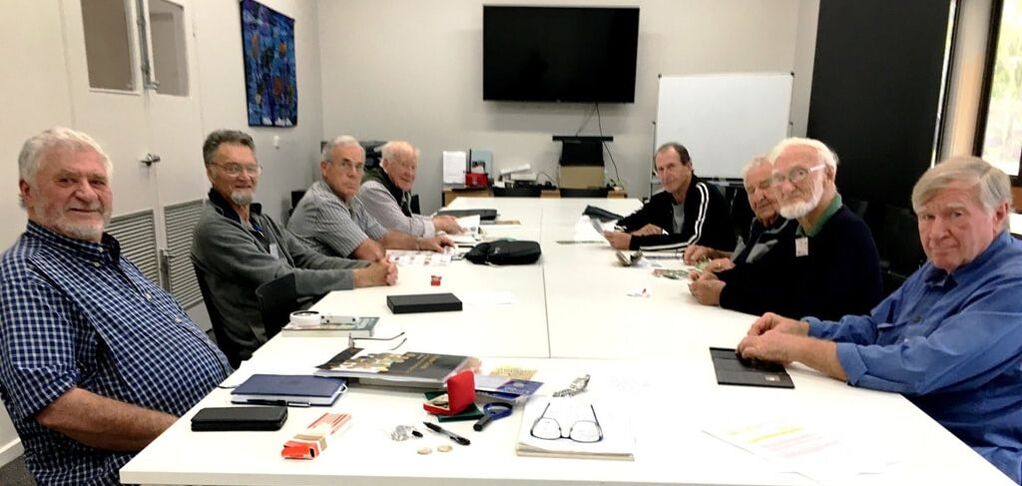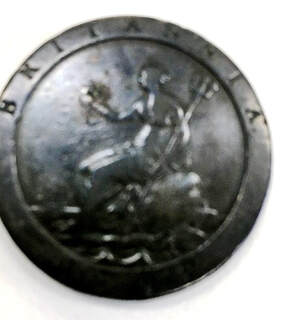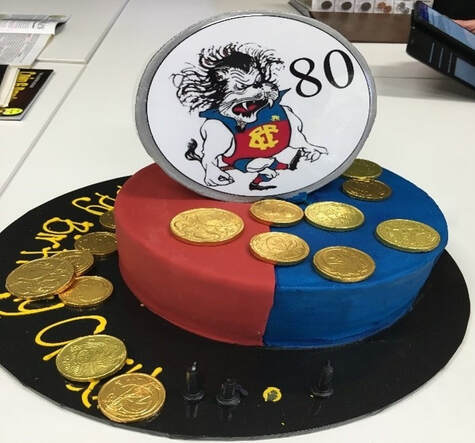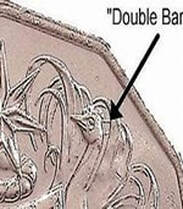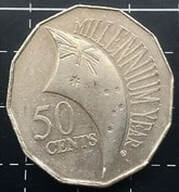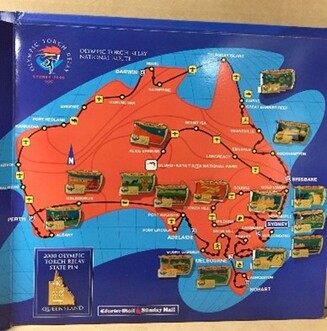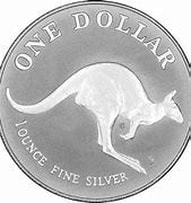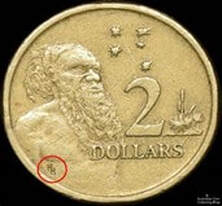Members presented an array of tokens demonstrating their use in times past times and to some extent still in current use.
The most common was a car wash token (still in use in Benalla). Other coin tokens included trade tokens from Canada and tokens used on American Rail travel.
A classic icon is the Brass Razoo. Brass Razoo is an Australian phrase that was first recorded in soldiers' slang in World War I. It is defined in the Oxford English Dictionary as "a non-existent coin of trivial value". It is commonly used in the expression I haven't got a brass razoo, meaning the speaker is out of money.
Coin of the Month featured Royal Australian Mint Paris Olympic Team coloured coins with the King Charles 3 effigy in $1 and $2 denominations. These coins are available at Woolies and Benalla Post office if you are quick.
7 July – 2024 $2 Coloured Uncirculated Coin - Community
31 July – 2024 $2 Coloured Uncirculated Coin - Alleaus
14 August – 2024 $2 Coloured Uncirculated Coin - Olympism
28th August - 2024 $2 Coloured Uncirculated Coin - Australian Paralympic Team
We also discussed the fact that the use of cash in everyday activity is being rapidly phased out by the Australian Government. This will make coin collecting harder but on the other hand coins that are collectable more valuable.
At our next meeting we will finish off with the theme of medallions, and to add some further variety and interest, we will begin to explore the world of banknotes, a subject we have not previously embraced.
Keep noodling...
Doug Smith





